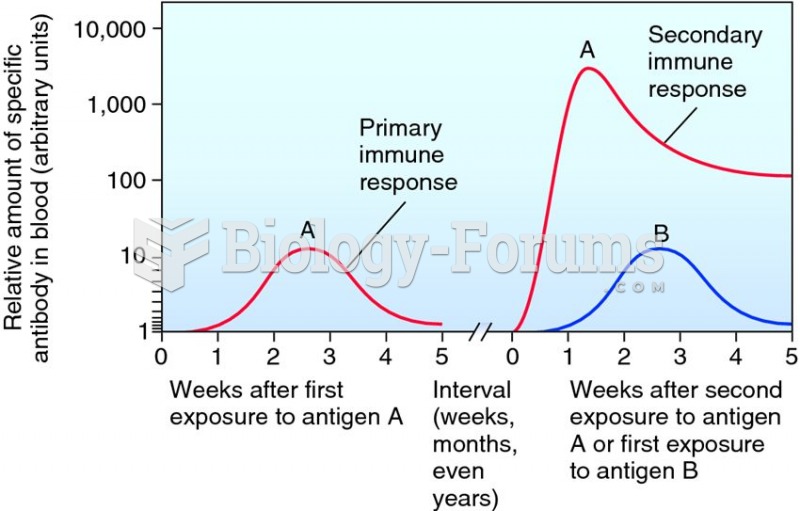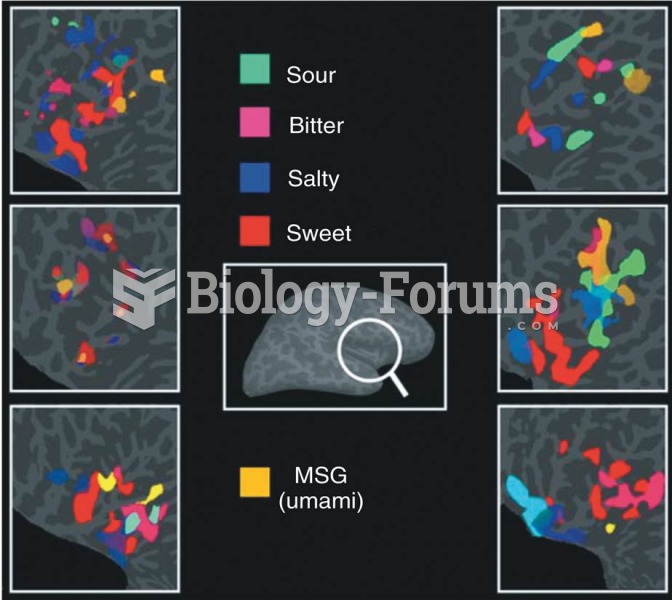Answer to Question 1
ANS: 3
When caring for clients with an initial diagnosis of cancer, the immediate focus of client educa-tion should be the reinforcement of their health care provider's explanations of the risks related to their cancer as well as the benefits and risks related to the proposed treatment options. This should then be followed by instructions on what they need to self-monitor (i.e., appetite and weight, effects of fatigue and sleeplessness), and what to discuss with health care providers in the future. Potential for treatment effects; such as pain, neuropathy, or cognitive change; also should be addressed since clients are more likely to report their symptoms if they are educated on their likelihood. Survivors need to learn how to manage problems related to persistent symptoms. Because survivors are at an increased risk for developing a second cancer and/or chronic illness, it is important to educate them about lifestyle behaviors that will improve the quality of their life.
While introducing self-care measures to support health is an appropriate topic for client educa-tion, it should be addressed after the client is informed of the risks related to their cancer as well as the benefits and risks related to the proposed treatment options.
Although discussing the management of treatment-related side effects is an appropriate topic for client education, it should be addressed after the client is informed of the risks related to their cancer as well as the benefits and risks related to the proposed treatment options.
While formulating long-term lifestyle changes to minimize risk factors is an appropriate topic for client education, it should be addressed after the client is informed of the risks related to the cancer as well as the benefits and risks related to the proposed treatment options.
Answer to Question 2
ANS: 3
Self-image and intimacy may be negatively affected after cancer surgery. It is a positive sign that the client is comfortable having her husband perform this task for her.
Although the client may be reluctant to have staff see her chest scar, the client's history of cancer surgery should direct you to the more related option.
While the client may prefer to protect her modesty and privacy, the client's history of cancer surgery should direct you to the more related option.
Although the client may not be comfortable with the care she is receiving, it is not as likely as the other options and the client's history of cancer surgery should direct you to the more related op-tion.







